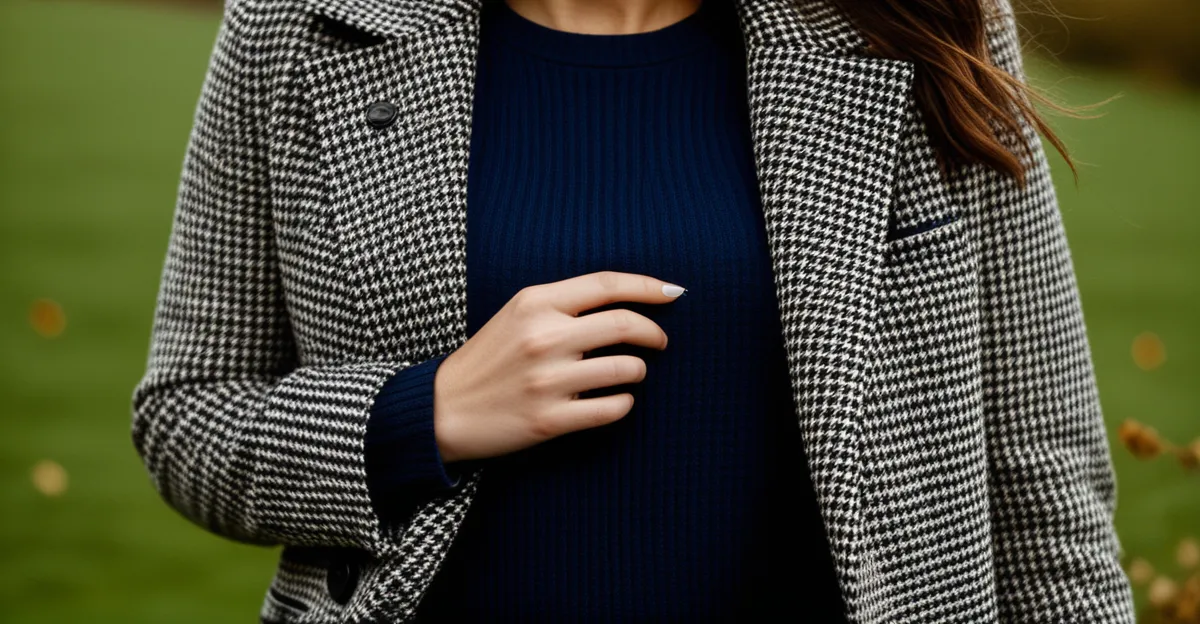Key Patterns Shaping UK Women’s Seasonal Fashion
UK women’s fashion trends demonstrate clear shifts across spring, summer, autumn, and winter, reflecting both aesthetic preferences and practical needs. Spring generally embraces lighter fabrics and fresh hues, such as pastels and floral prints, symbolising renewal. Summer fashion trends lean towards vibrant colors, breathable materials like linen, and relaxed silhouettes ideal for warmer days. In contrast, autumn introduces earth tones—burnt orange, olive, and deep browns—paired with heavier fabrics like wool and tweed, marking a shift toward coziness and texture. Winter trends focus on layering, combining warmth with style through garments like padded coats, scarves, and knitwear in muted shades or rich jewel tones.
The fashion evolution in the UK reveals a cyclical pattern influenced by both global trends and local preferences. Seasonal UK fashion does not operate in isolation; it interacts dynamically with urban culture, sustainability movements, and changing lifestyles. Each season presents notable distinctions: spring and summer prioritize lightness and color, while autumn and winter focus on functionality and depth. This cycle balances innovation with tradition, ensuring continuous adaptation that meets consumers’ expectations throughout the year. Understanding these key patterns helps explain why UK fashion remains both diverse and practical across seasons.
In parallel : How Does Sustainable Fashion Redefine the Wardrobe for UK Women?
Influences Driving Seasonal Fashion Changes
The fashion influences UK scene is shaped by a blend of industry insiders and cultural dynamics. Renowned UK fashion designers and major events like London Fashion Week play pivotal roles in setting seasonal trends. These platforms showcase emerging styles and innovative ideas that high-street brands quickly adapt, bringing designer influences to everyday consumers.
Cultural fashion events UK-wide—such as art festivals and heritage celebrations—also infuse local character into seasonal collections. Social movements advocating sustainability and diversity increasingly impact design choices and marketing narratives in UK fashion, encouraging brands to adopt more responsible and inclusive practices.
Also to read : How Can UK Women Discover Their Unique Fashion Identity?
Celebrity style and social media trends further accelerate seasonal shifts. When prominent figures showcase new looks, it rapidly influences consumer preferences, making fashion trends more accessible and immediate. This synergy between designers, cultural events, and digital platforms fuels continual innovation in UK women’s seasonal fashion, ensuring it remains vibrant and responsive to societal changes.
Seasonal Shifts in Styles, Colours, and Fabrics
Seasonal colours UK fashion displays distinct palettes aligned with each season’s mood and climate. Spring favours fresh pastels—soft pinks, light blues, and greens—echoing renewal. Summer shifts to vibrant tones like citrus yellows and corals, suited for the sunnier days. Autumn brings deeper hues, including burnt orange, olive green, and rich browns, reflecting natural changes. Winter adopts muted shades and jewel tones such as emerald and sapphire, offering elegance in colder months.
Fabrics by season UK highlight practicality paired with style. Spring and summer prioritize breathable textiles like linen, cotton, and lightweight silks, promoting comfort amid warming temperatures. Autumn introduces heavier materials such as tweed, wool blends, and corduroy to provide warmth and texture. Winter demands insulation with padded coats, knitwear, and fleece linings that retain heat without sacrificing fashion.
UK street style trends evolve with these seasonal shifts, incorporating layering as a key element through autumn and winter. Silhouettes vary—summer favours relaxed fits, while winter opts for structured overcoats and chunky knits. Accessories, including scarves and hats, complete looks by adding both function and flair, demonstrating how seasonal colours UK fashion intertwine with fabrics by season UK to define contemporary style rhythms.
Weather and Practicality in UK Fashion Evolution
Seasonal UK fashion continually adapts to the UK’s variable and often unpredictable climate. The UK weather fashion landscape heavily influences autumn and winter wardrobes, where practicality blends with style. Cool, damp conditions call for outerwear like waterproof trench coats, padded jackets, and wool overcoats, essential for warmth and protection. Footwear trends often feature sturdy boots with resilient soles to handle wet streets while maintaining a fashionable appearance.
Layering techniques are fundamental in the fashion evolution UK market, allowing wearers to adjust to temperature fluctuations throughout the day. Combining lightweight knits, scarves, and thermal underlayers exemplifies practical UK style—ensuring comfort without compromising elegance. This adaptability is key in seasons marked by sudden rain or chilly winds.
Designers consistently innovate by integrating functional elements such as water-resistant fabrics and breathable materials into classic silhouettes. This responsiveness assures that practical UK style maintains relevance, delivering garments that perform well under diverse weather conditions. Importantly, UK consumers increasingly favour pieces that merge utility with current aesthetics, reflecting broader trends in the ongoing UK weather fashion evolution.

